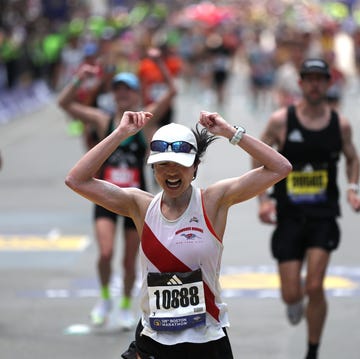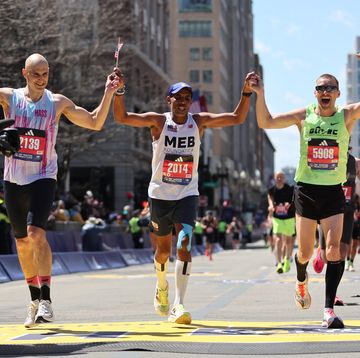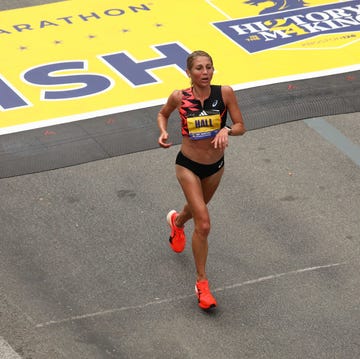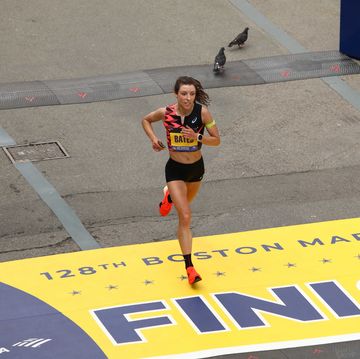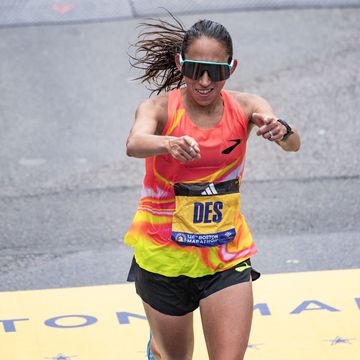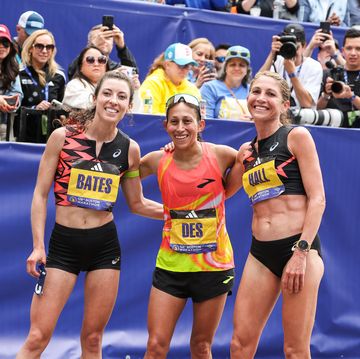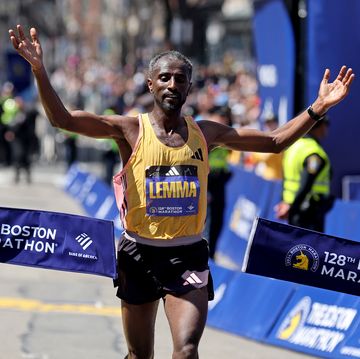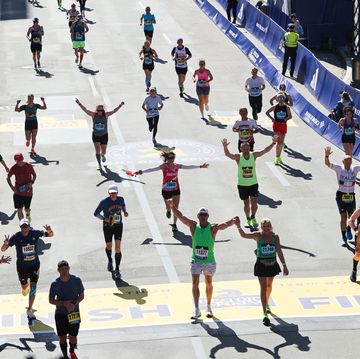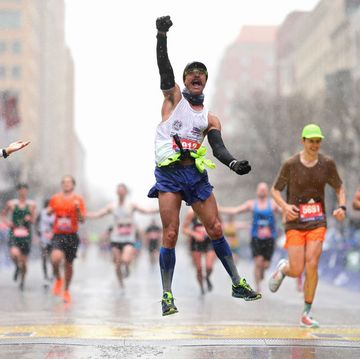Years ago, before the huge field sizes and multiple wave starts, I always thought seeing course clocks along the race route was both informative and motivational. Now, I am not so sure anymore.
Once the gun fires and the clocks are set to that gun, the times displayed by those clocks are accurate only for the runners who were right on the starting line. Given that most races now time and score using chip time, the clocks along the course aren’t accurate for most runners.
Interestingly, for races with early starts for wheelchair athletes or athletes with disabilities or even elite women, most of the time the course clocks are not set for these divisions and it doesn’t seem to be an issue for them.
So, why bother with course clocks anymore? I polled some race-director friends and runners, and here were their arguments for keeping (or eliminating) course clocks.
Why to Keep Course Clocks
- Most runners still expect to see them.
- Many runners have no problem doing the calculations based on when they crossed the starting line.
- The clocks help to clearly identify the mile markers along the course.
- Many runners have stated that seeing and then passing clocks along the course are a form of immediate gratification.
- In most smaller races, course clocks still remain very relevant and effective.
- If a runner’s watch or GPS fails, at least they have something to go on.
- Spectators can get a sense of when a runner they are following might be coming by that checkpoint when viewing a course clock.
Why to Eliminate Course Clocks
- As stated above, the times displayed on course clocks in large scale races are not accurate for most of the field.
- There is a cost to renting all the clocks and manpower required to placing them, but that is expected.
- Some runners have stated that when they see the clocks with the times displayed, they get confused and lose their sense of pace.
- A fair number of runners have stated that they don’t even look at the clocks anymore.
So, as you can see, some runners want clocks along the course; others don’t think they are necessary. Some race directors have done away with them; others think runners would miss them.
As technology improves, maybe the day will come when course clocks can display the chip times of all participants as they run past (although in races with high concentrations of runners I’m not sure how this could actually happen). Others have suggested that if there were four wave starts, for example, the race should place four clocks at each location representing the time from the start of each wave. This not only gets costly, but it isn’t that simple to find one source for this many clocks, especially for a marathon.
So, if you were a race director of a large race, what would you do? Or, as a runner, what do you prefer?
* * *
Dave McGillivray is president of DMSE, Inc., and has been Race Director at the Boston Marathon since 2001.


